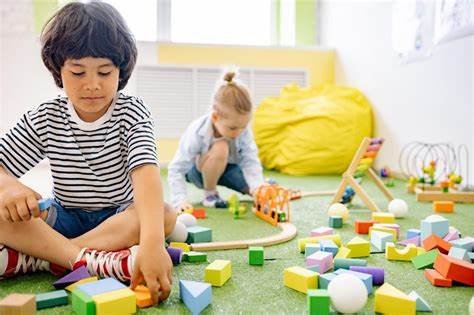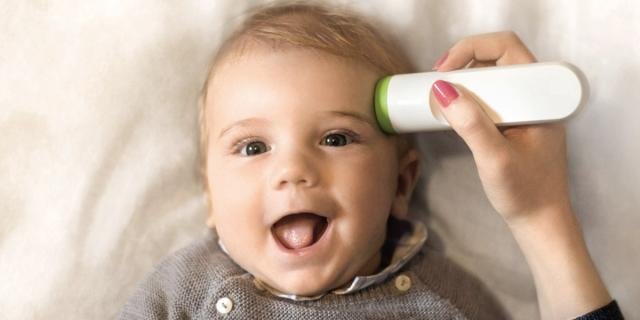Month 1-3: Awakening to the World
During the first three months, a baby’s senses begin to adjust to life outside the womb. Vision is initially blurry, but babies can focus on objects 8–12 inches away, often gazing at faces. Hearing is well-developed at birth, and they quickly recognize familiar voices. Gentle touches and cuddles provide comfort and foster a sense of security. Additionally, babies start to respond to bright lights and soothing sounds, laying the foundation for sensory awareness.
Month 4-6: Exploring Through Touch
From four to six months, babies become more curious about their environment. They use their hands and mouths to explore objects, experiencing different textures, shapes, and temperatures. Vision sharpens, enabling them to track moving objects and distinguish colors. During this phase, offering a variety of safe, textured toys encourages tactile exploration. Moreover, playing music or talking to your baby enhances auditory skills and helps them associate sounds with their surroundings.

Month 7-9: Enhanced Coordination
By seven to nine months, sensory development progresses alongside motor skills. Babies start reaching for objects, improving hand-eye coordination. They recognize familiar faces and objects, displaying excitement or curiosity. Additionally, their ability to differentiate tastes improves as solid foods are introduced. Offering various flavors and soft textures stimulates their sense of taste and smell. Furthermore, they respond more actively to sounds, turning toward voices or reacting to their name.
Month 10-12: Advanced Sensory Engagement
In the final months of the first year, sensory engagement reaches new levels. Babies enjoy interactive activities like peek-a-boo and clapping games, which integrate sight, hearing, and touch. They begin associating words with objects, strengthening their auditory and cognitive skills. At this stage, they show preferences for certain textures, flavors, and sounds, reflecting their growing individuality. Encouraging exploration through safe environments fosters their sensory and motor coordination.
Tips for Supporting Sensory Development
To support your baby’s sensory growth, provide opportunities for exploration. Offer toys with various textures, colors, and sounds to stimulate their senses. Engage in regular face-to-face interactions and talk or sing to your baby to boost auditory development. Additionally, tummy time and safe outdoor play expose them to different sensory experiences.
Conclusion
A baby’s sensory development in the first year is a remarkable journey of discovery and growth. From recognizing faces to exploring textures and sounds, every experience enriches their understanding of the world. By nurturing their senses through play and interaction, you contribute to their emotional and physical development, setting the stage for lifelong learning.










